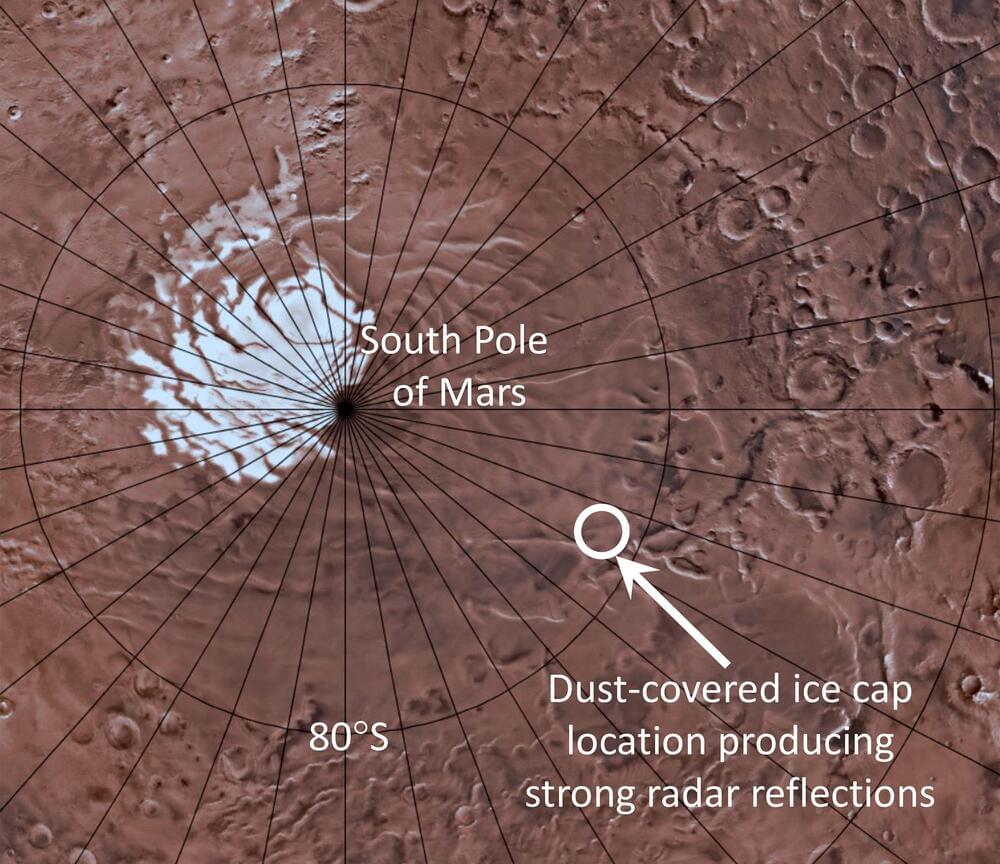A 19-year-old has turned down the offer of a free Tesla Model 3 in return for deleting his Twitter account which tracks the location of Elon Musk’s private jet.
College freshman Jack Sweeney manages a Twitter account called @ElonJet which tracks the aircraft using bots to detect air traffic data.
Musk had previously asked for Sweeney to take the account down earlier in the fall in exchange for $5,000 but he ultimately refused and asked for an internship instead, he previously told DailyMail.com.








